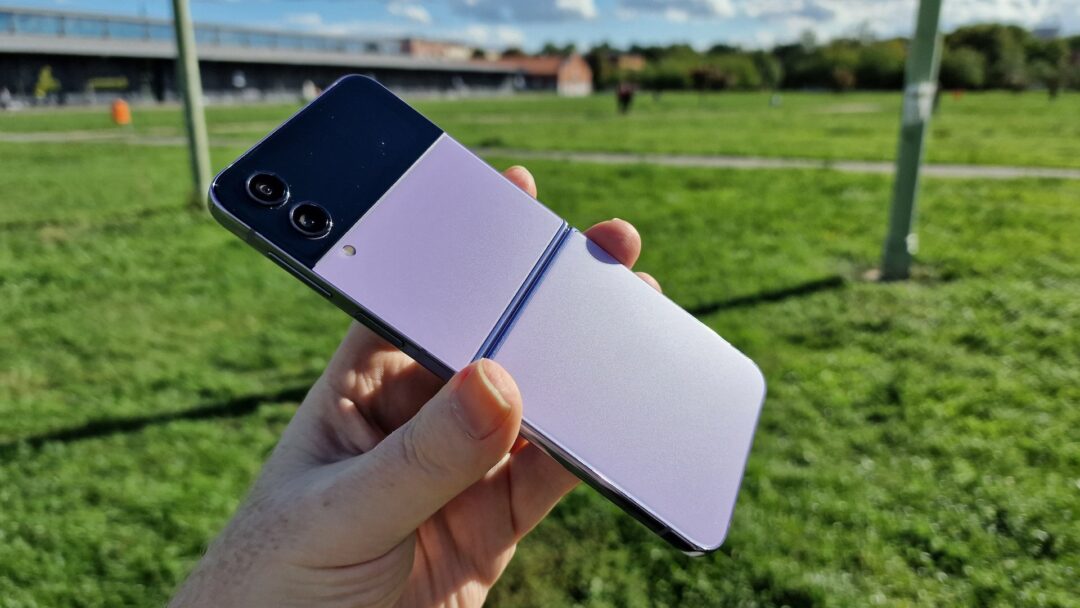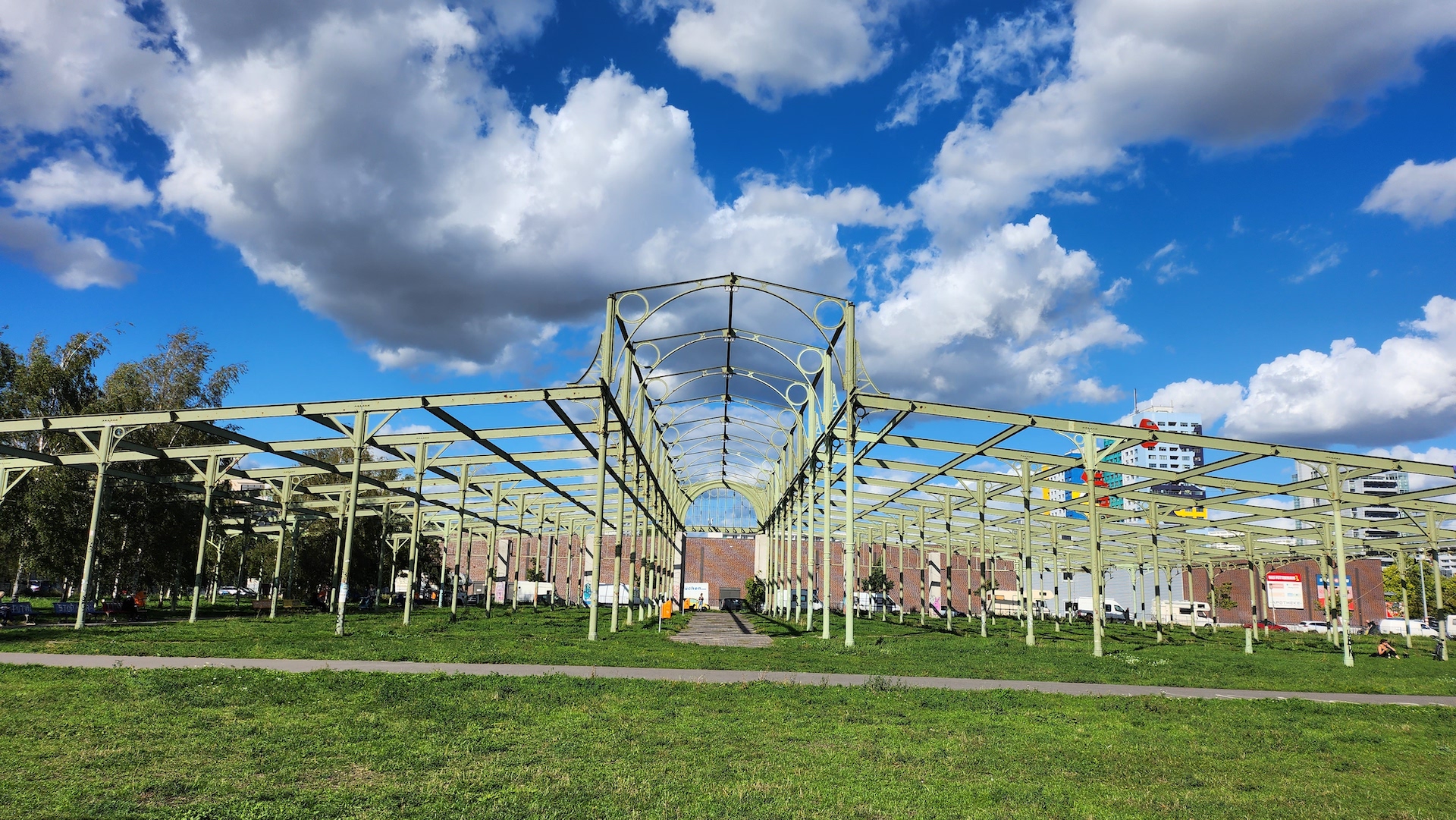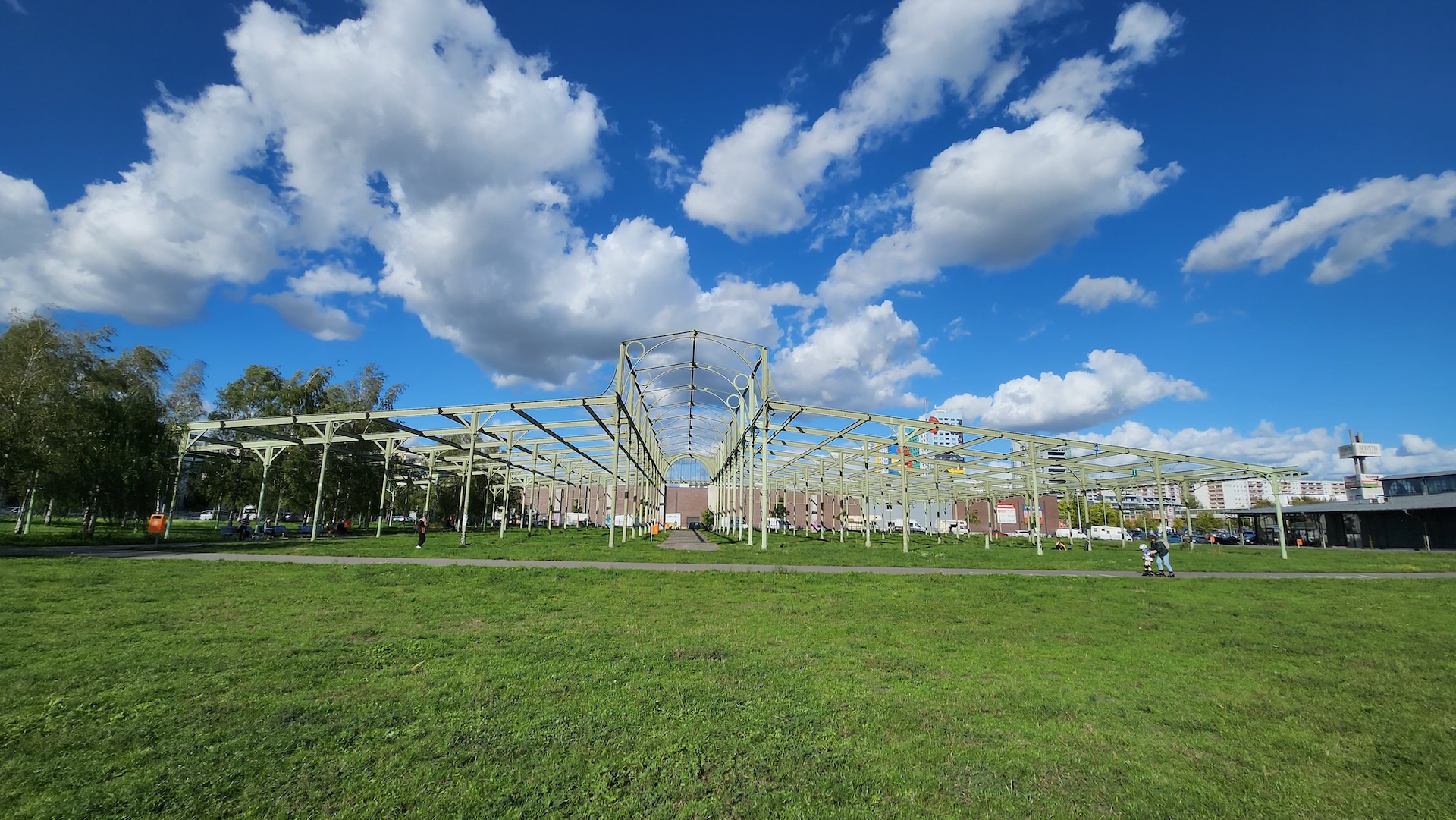The latest iteration of Samsung’s folding phone, the Samsung Galaxy Z Flip 4, is a small upgrade that brings the phone up to date in 2022, but besides that it’s quite similar to last year’s model. Or the year before, for that matter.
Samsung has two foldable smartphones in it’s lineup. In addition to the Galaxy Z Flip 4, there’s the Samsung Galaxy Z Fold 4, but the foldable screen is pretty much the only thing the two phones have in common. The Galaxy Z Fold 4 is a flagship product that, as a hybrid between smartphone and tablet, is suitable for professional users, while the Galaxy Z Flip 4 should tempt the young and creative. Those who spend more time on TikTok, Snapchat and Instagram than on spreadsheets and project management.
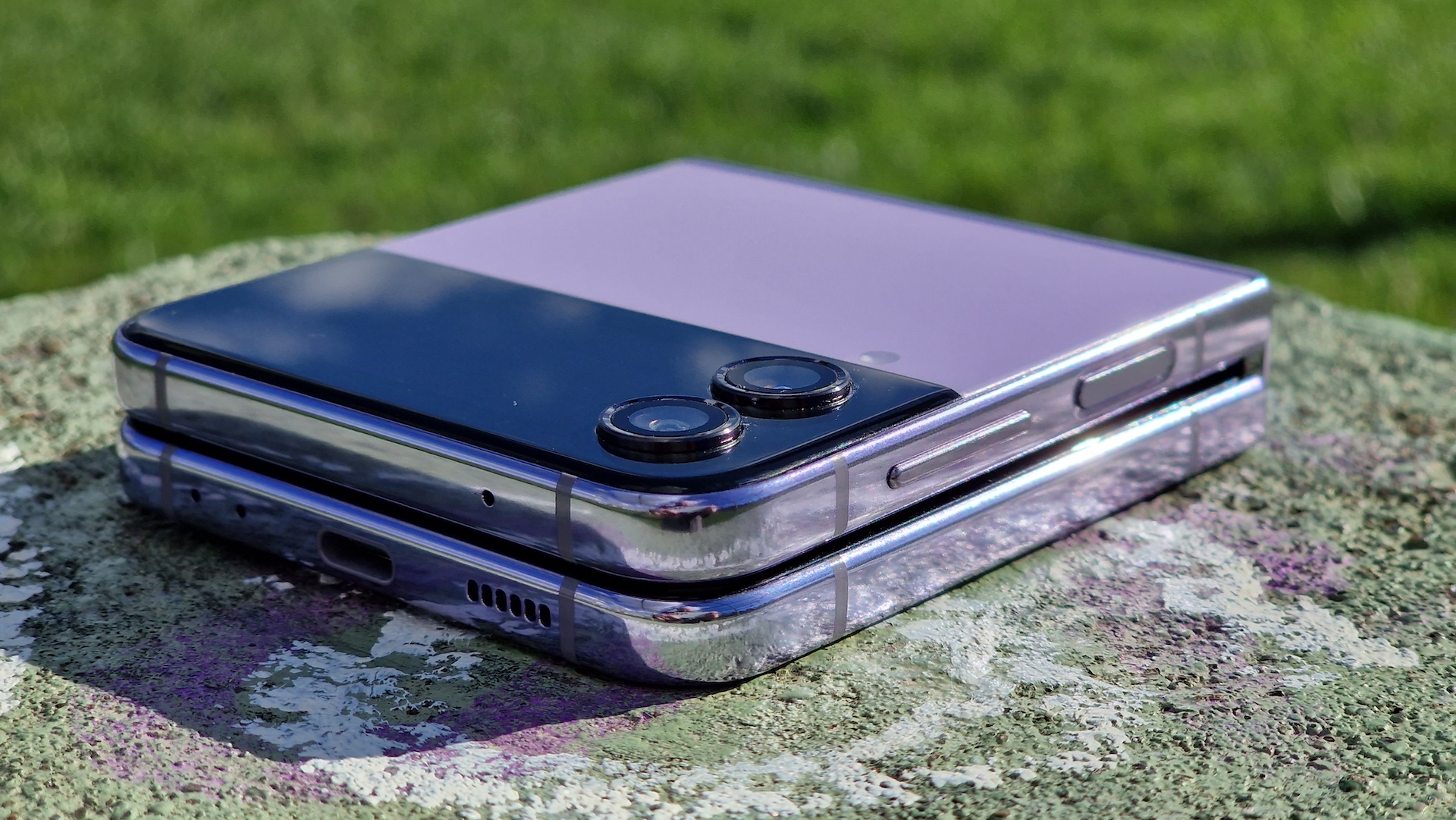
Which is probably why Samsung’s clamshell phone is available in a Bespoke edition – so you can choose your own design. The frame is available in silver, gold or black, and you can choose from five different colours for the front and back (yellow, white, blue, green and red). The colours can be combined in a total of 75 different ways and Samsung even offers a special “Bespoke Upgrade Care” so that the user can later change the colour of their phone.
In other words, the Samsung Galaxy Z Flip 4 is perhaps most suited to those who care as much about design and style as they do about performance and features. Then again, it doesn’t hurt if you’re a real or wannabe influencer, because the phone’s form factor offers a few unique options when filming yourself and others. We’ll come back to that.
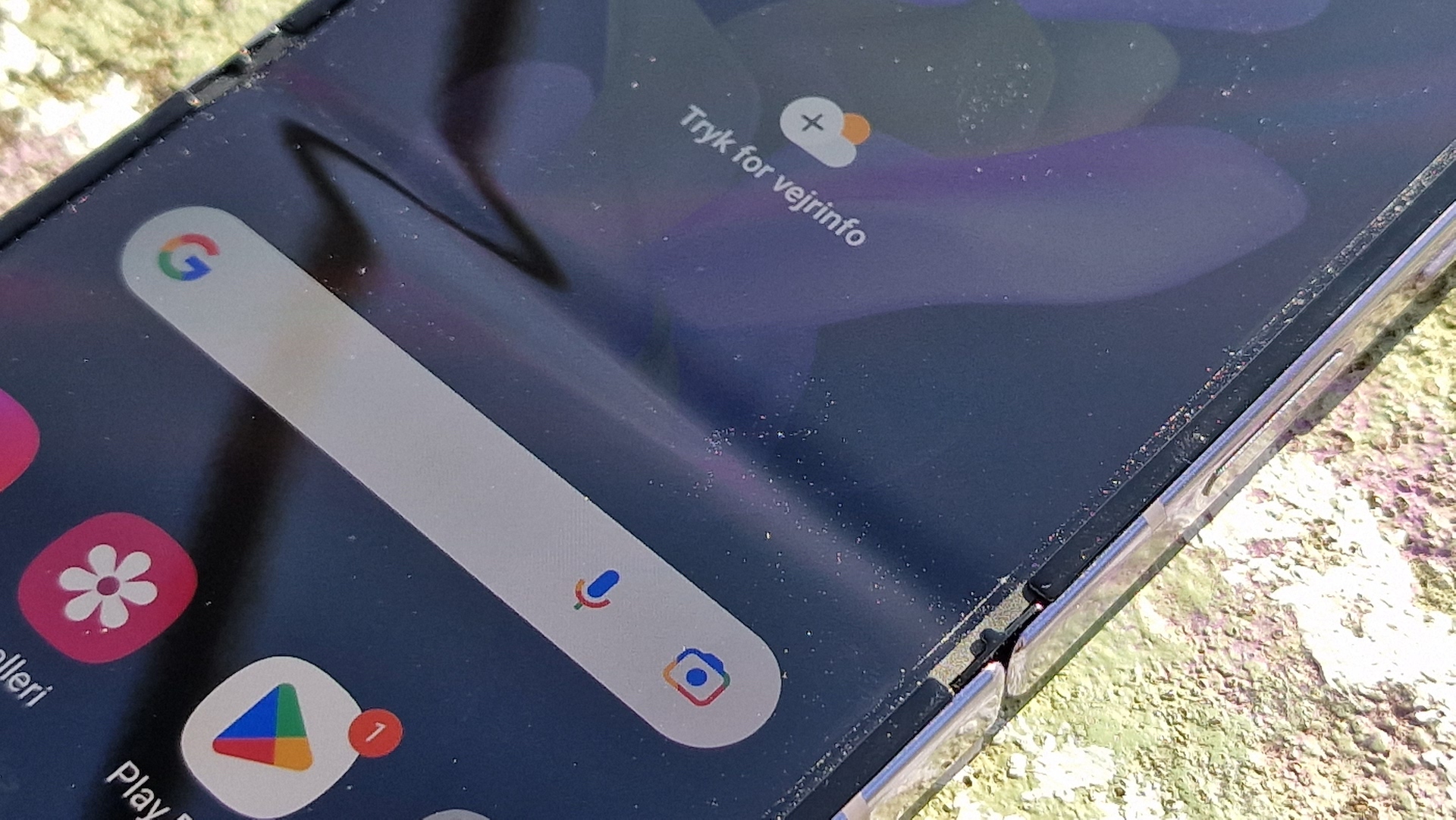
Design and engineering
If we start with the Galaxy Z Flip 4’s physical appearance, it’s quite similar to its two predecessors. When folded, it even fits in a shirt pocket, and the weight has been kept down to 187 grams. Gorilla Glass Victus protects the phone, and the Galaxy Z Flip 4 is IPX8 certified, making it water resistant down to 1.5 metres. We wouldn’t exactly recommend taking the flip phone to the beach, though. Especially because the hinges don’t protect the phone from dust and sand.
Like a laptop, the Galaxy Z Flip 4 can stay open at pretty much any angle. This makes the hinge so “robust” that it can be difficult to open and close the Galaxy Z Flip 4 with a single hand movement, which is one of the great features of a flip phone, but with practice it can be done. Forget about opening and closing the phone as quickly as the flip phones of the 90s, which popped open as fast as a switchblade!
It should also be mentioned that Samsung’s clamshell phone is now available in Bora Purple, Blue, Pink Gold and Graphite. And then there’s the aforementioned Bespoke edition, which could make the Galaxy Z Flip 4 arguably the most colourful phone on the market.
Display
Like its predecessor, the Samsung Galaxy Z Flip 4 has a 1.9-inch front screen. The small screen lets users answer phone calls (unlike last year, you can also choose three contacts to call directly from the front screen) or switch between songs in your favourite music app without opening the phone, and some apps also support app continuity, taking you straight to the relevant app if you open the phone after clicking on it from the front screen. This includes the Dictaphone feature.
The foldable main screen is the same size (6.7 inches) and has the same resolution (FHD+) and extremely slender aspect ratio (22:9) as the Galaxy Z Flip 3, as well as a refresh rate of up to 120 Hz. Which, as we know, equals to a faster and smoother user experience.
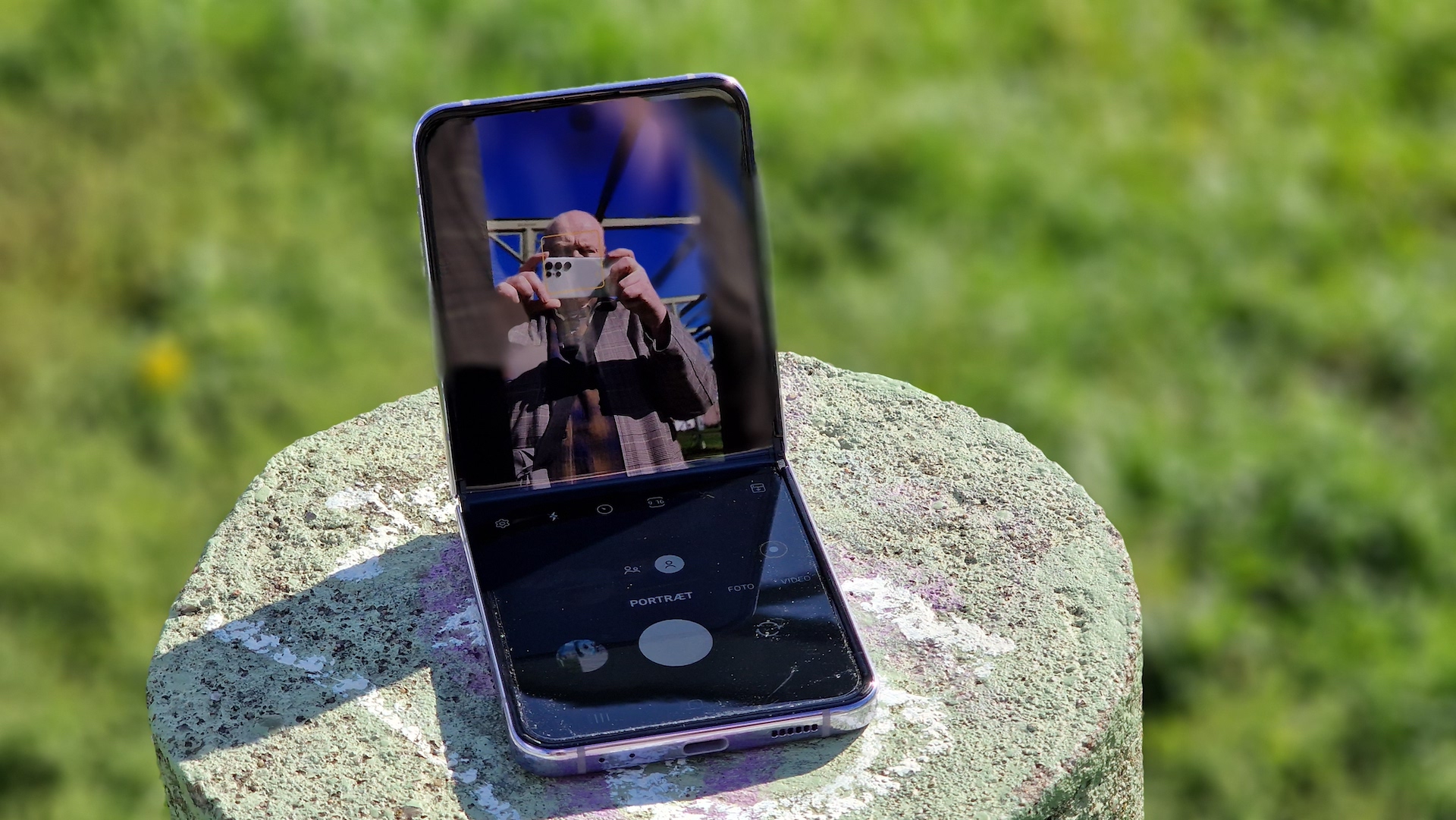
The screen itself is made of Ultra Thin Glass (UTG), a kind of glass alloy with a thin layer of plastic as a protective layer and flexible glass underneath.
It certainly doesn’t feel like real glass, and the soft material means you can see a physical crease running across the screen even when it’s unfolded.
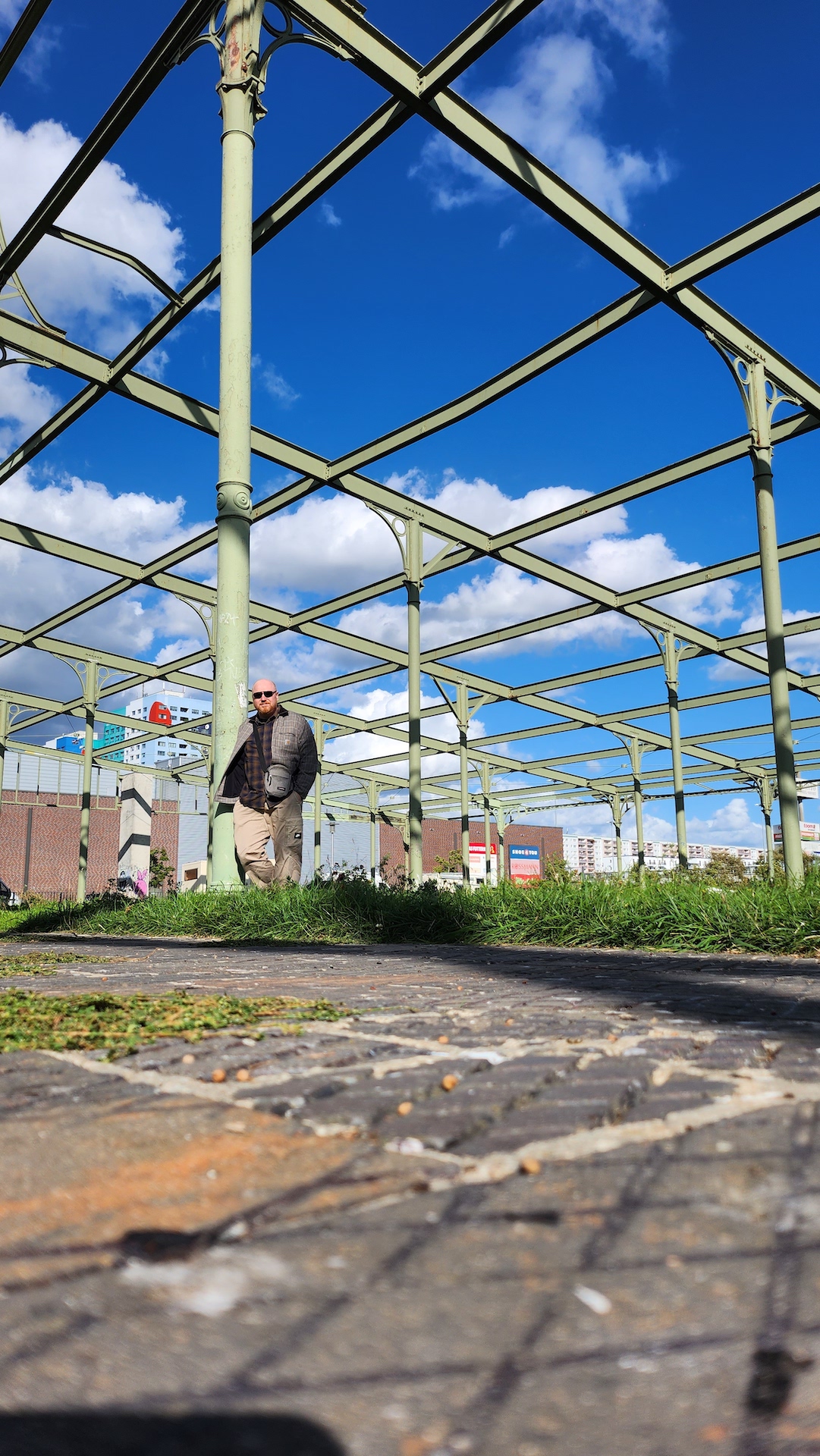
Camera
In truth, I shouldn’t write a word about the camera, as it hasn’t changed much since the first Galaxy Z Flip. But let me recap the main points for those who didn’t read the first two tests:
The Samsung Galaxy Z Flip 4 is by no means the best camera on the market. With two lenses, both 12 megapixels (wide-angle with optical image stabilisation and 123-degree ultra-wide-angle, respectively), and the option of HDR10+ video recording, the camera is pretty much identical to the camera module that sat in the Samsung Galaxy S9 from early 2018, although it lacks optical zoom.
Samsung does highlight that the camera has been upgraded with a sensor that is supposed to be 65% brighter than before, and it is indeed true that the sensor itself has become larger (1/1.76″ compared to the previous 1/2.55″), just as the pixel size has increased from 1.4 µm to 1.8 µm. But that just means that the Galaxy Z Flip 4 now has the same sensor and pixel size as, say, the two-year-old Samsung Galaxy S20 FE, so there aren’t any major changes here.

The smartest part is the form factor itself. Especially the front screen, which can act as a viewfinder, allowing you to see what you’re shooting or recording. This makes it easy to take really good pictures of yourself with the phone’s main camera, for example using the self-timer. As mentioned, great for wanna-be influencers and others who rely on social media.
Another helpful detail are the small changes to the camera app that Samsung has made to take advantage of the folding phone’s form factor. Even with the first Galaxy Z Flip, for example, you could move icons in the camera app from the top of the screen to the bottom when you left the flip phone half-open to take selfies. That way, the viewfinder would be on the top half of the screen, while all the controls were on the bottom half.
With the Galaxy Z Flip 4, it’s also possible for the viewfinder to be on the bottom half of the screen, while icons and controls remain on top

Performance and features
The most noteworthy upgrade of the Samsung Galaxy Z Flip 4 is that the flip phone has been equipped with Qualcomm’s latest and fastest Snapdragon 8+ Gen 1 processor. Additionally, there’s 8 gigabytes of memory, as well as either 128 ( like on our test sample), 256 or 512 gigabytes of built-in storage, which can’t be expanded.
The Snapdragon 8+ Gen 1 is the same processor found in the Samsung Galaxy Z Fold 4, and in terms of speed and pace, the Z Flip 4 is as fast or faster than its foldable sibling, as our benchmark results show.
However, the Galaxy Z Flip 4 has one serious flaw in common with its predecessor: Despite the fact that the battery is even bigger, at 3700 mAh compared to its predecessor’s 3300 mAh, the phone has a hard time enduring intense use over the course of a full day.
Our benchmark test, which stress-tests the battery as much as possible, gave a result of just four hours and 37 minutes, which is outright bad. In fact, the Galaxy Z Flip 4 performs even worse than its predecessor, which still managed a result of over five hours in the same test.
Ultimately, the poor battery life is such a problem that it ends up significantly lowering our overall rating.
Verdict
Samsung Galaxy Z Flip 4 has obviously been optimised in a number of places compared to its predecessor. Samsung’s latest flip phone comes with Android 12 and Qualcomm’s latest Snapdragon 8+ Gen 1 processor, among other features. At the time of writing, it doesn’t get any faster or more up-to-date.
Then again, it’s more expensive, and while the camera has a larger sensor, it’s identical in every other way to the camera found in the first Galaxy Z Flip from 2020. Besides, battery life is worse than ever.
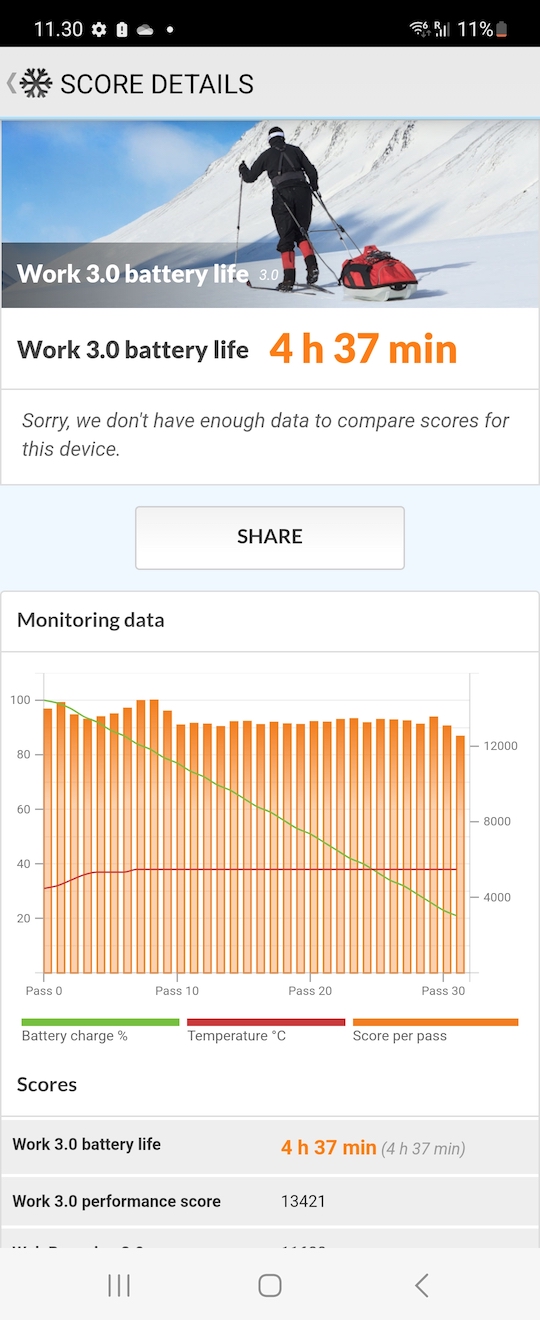
Granted, the Galaxy Flip Z 4 is a quirky phone that can be customised to almost any design, and the special flip format gives the user some creative options that few other phones on the market can match.
But that’s not enough. We gave the first two Galaxy Z Flip models our second-highest rating, and the first version even got our special recommendation. The mobile market is constantly evolving, and in 2022, the relatively minor improvements over last year’s model aren’t enough to warrant the same rating for this year’s Galaxy Z Flip.

We think
Equipped with the new and lightning fast Snapdragon 8+ Gen 1 processor. Available in the Bespoke edition with 75 possible colour combinations on the front, back and frame. More or less the same camera as both predecessors. The 3700 mAh battery struggles to hold power for a full day. Lacks optical zoom.
999 €
Specifications
- Operating system: Android 12 + One UI 4.1.1
- Display: 6,7″ Dynamic AMOLED 2X, 120 Hz FHD+ (2640 x 1080) (main) / 1,9″ Super AMOLED (512 x 260) (front)
- Processor: Snapdragon 8+ Gen 1 4 nm 64 bit octa-core
- Memory: 8 GB RAM / 128 GB storage (UFS 3.1)
- Cameras: 12 Mp f/1.8 OIS wide-angle + 12 Mp f/2.2 ultra-wide-angle (123°)(primary) / 10 Mp f/2.4 (front)
- Wireless: 5G, Wi-Fi 6, Bluetooth 5.2, NFC, GPS, GLONASS, Galileo
- Weight and dimensions: 71,9 x 165,2 x 6,9 mm / 187 g
- Battery: 3700 mAh, 25 W fast charging + 15 W wireless charging
- Web: samsung.com
